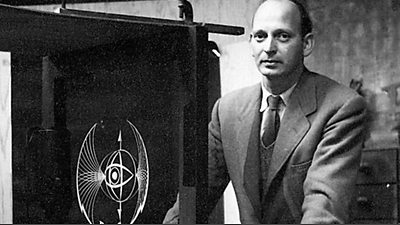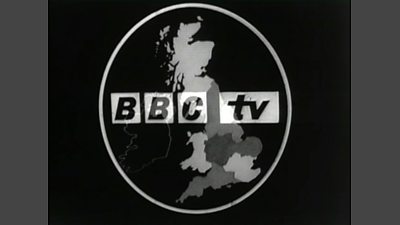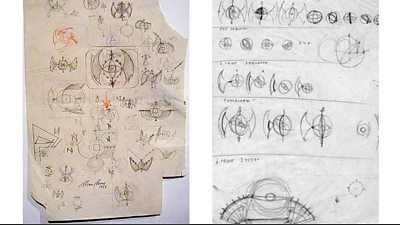The BBC had so many questions and problems regarding the awareness that people should be given when the transmission is about to start. For instance what could be at the end of the show in addiction with the starter? and how would people emphasis the logo is BBC and no other person providing any random tv show? When the BBC show started in November 1936 The producers and mangers were so amazed in coming up with new technology work, as they really enjoyed the creation and outcome of the medium . For today's media the design seems to be very evil by not saying anything about the organizations value
-The television symbol (history)

After two years the commission of the Game came up with different plans that would be helpful for the creation of the symbol . He spent lots of time to come up with the right symbol for the television itself .
The bat wings is known to be a TV symbol or newspapers. One of the first game design went on live on the 2nd December 1953 which was seen randomly between programmes.The BBC's decision to pioneer a fresh strategy to on-air TV identification is unknown, as well as the Bbc was surely unaware that it was possibly responsible for launching a whole new profession of graphic design.Abram Games was the brains behind the graphics design, and it was for this reason that he was hired by the BBC. The Society of Industrial Artists and many BBC departments all submitted proposals for the new on-air insignia, but Games stood out.
Initial Designs
The game's original ideas were only doodles - circles, right angles, curves – but something a little more complex may have caused disaster for consumers required to witness Britain's archaic low resolution 405 lines television system. Ting globe would suffice. Some all eye was also included to represent the aspect of television that involves observing or listening. Games didn't stop at a static portrayal of his thoughts; he took it a step further.
Global ambition-

The BBC wanted to demonstrate it was a contemporary institution that could compete with commercial rival ITV at the start of the 1960s. By that time, ITV's different regional firms has enjoyed five years of success, with each participating channel flowing into such a countrywide Independent Television network.The BBC's new on-screen image, which debuted in 1960 to match with the re-branding of the BBC Tv Service to BBC tv, aimed out to demonstrate that the Organization was just as well-positioned to serve the UK's regions and diverse nations as ITV.Instead of focusing on the United Kingdom, the BBC's designers decided to tackle the entire world in 1963, when the seven area globe was substituted by a spinning globe.
Its original design of 1963 featured its world divided by a diagonal line, which was changed by a cut out white backdrop within a black circle between 1964 and 1966.
In November 1969, BBC1 switched to colour and launched a new ident ('Symbol C').
Into the new millennium -
The BBC world makes their final season in a pair of idents released in 1997, which brought this into the actual life via imprinting it on a hot air balloon and shooting it soaring at various places across the UK, from the London Docklands to Dunluce Castle in Northern Ireland. The idents was produced in full screen to prepare for the 16:9 broadcast changeover, which began in 1998.A fresh timetable and a new network controller in 2005.
BBC Christmas indents
The concept of a Television station identification was widely undefined when BBC Television debuted and over 80 years ago.
With both the introduction of commercial competition in the mid-1950s, the BBC began to see its activities as part of a channel - a framework that indicated what to anticipate from that area of the corporation. Christmas was, and still is, a great time to make a huge impression. In the late 1950s, Christmas on-screen identification began, but by the late 1960s, it had progressed to colour. Our movie takes you through almost 40 years of BBC One and BBC Two Christmas idents.

Comments
Post a Comment